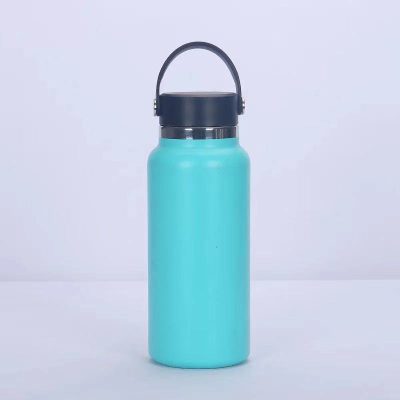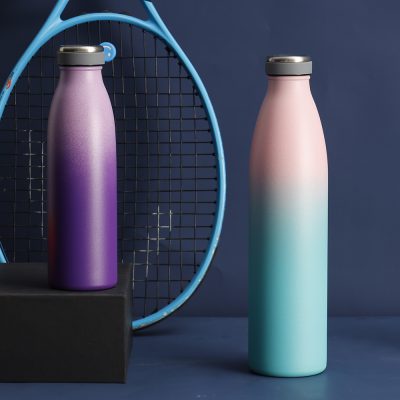Usually when we buy a water glass, the glass will be the first choice by many people. First, the performance of the glass material is stable, no harmful substances will be precipitated, and there will be no chemical reaction with beverages. Second, the glass surface is smooth and easy to clean. The price of glass ranges from a few pieces, dozens to hundreds or even thousands. What is the difference between them? How can we judge the quality of the glass we buy? The following 5 points may help you to distinguish effectively.
01 Look at the material
The more common glass materials on the market that meet safety standards generally include ordinary soda lime glass, high borosilicate glass, crystal glass, etc. Check the specific material on the cup’s box or certificate.
The temperature difference resistance of soda lime glass is relatively general, and the heat resistance range must be confirmed before use. High borosilicate glass is pure and translucent, and its thermal expansion coefficient is only one-third of that of ordinary glass. It can withstand sudden temperature differences and is recognized as a safe glass material. Crystal glass is mostly used for goblets. There are lead-containing crystal glass and lead-free crystal glass. The former is harmful to the human body! The sound of the latter flicking the cup is pleasant, and the color is brighter and clearer.
02 Look at the purity
If the glass material is impure, streaks, small bubbles and impurities will appear on the glass drinkware.
Stripes – The rough lines on the surface of the glass can be felt by hand, and the fine lines need to be seen in the light. “Little bubbles” – small voids in a glass that are trapped in air. According to the cause of formation, it can be divided into material bubble and operation bubble. The “operation bubble” generally appears on the surface of the glass, while the “material bubble” is hidden in a relatively deep place. According to the national QB/5035-2017 “Double Glass Cup” industry standard, bubbles are not allowed in the cup body, but there are strict requirements on the diameter and number of bubbles. 0.5mm≤diameter≤1.5mm, there can be one, 3 and densely packed bubbles should not be present. Impurity Precipitation – There is no melted white granular silica sand or other particulate impurities in the glass body. Due to the different expansion coefficients of sand and glass, a slight collision or temperature change may cause the glass to break away from the glass body.
03 See if the shape is standard
The phenomenon of non-standard shape generally has the following categories: 1. The surface of the cup body is not smooth. 2. Observe the drinking utensils against the light, and there are cracks, imprints, etc. 3. The geometric shape is not correct, the circle is not round, the flat is not flat, the straight is not straight. If it is not a special-shaped glass, the mouth and bottom of the cup should be regular, horizontal and round. Glass products are not standard, not only affect the appearance, but also easy to damage.
04 See if the thickness of the cup is uniform
Observing the cup against the light, if the light perception is the same everywhere, it means the thickness is the same; if the difference between light and shade is too big, it means the thickness is inconsistent. If the cup is too thick, the heat transfer will be slow and easy to crack; if the cup is too thin, the strength will be low and not strong. Generally, the bottom of the cup is slightly thicker, and the walls are slightly thinner than the bottom.
05 Finally, look at the processing accuracy of the cup
If the above 4 points are satisfied, the quality of the cup is basically passed. On this basis, some detailed designs that improve the user experience really test the skills and patience of the producers, and it is also the embodiment of whether a brand really pursues good products. After all, the time, labor and material costs will increase with the polishing of the details.
1. Cup lid. Exquisite processing, high precision, fit with the cup body. 2. Cup mouth thread. The cup mouth is round and thick, the thread is smooth and standard, the screwing is smooth, no noise, and the wrist is effortless. 3. Backflow cover. High-quality materials, no peculiar smell, no chemical reaction with water droplets, and at the same time, water droplets can flow back into the cup along the lid of the cup, and it is not easy to drip out of the cup. 4. The bottom of the cup. For example, thickening the bottom of the cup and using a special process to pull out water ripples can improve the practicability and beauty of the cup.
According to the above methods, it can help you judge the quality of the glass you bought, or you can choose according to the above methods before buying.








